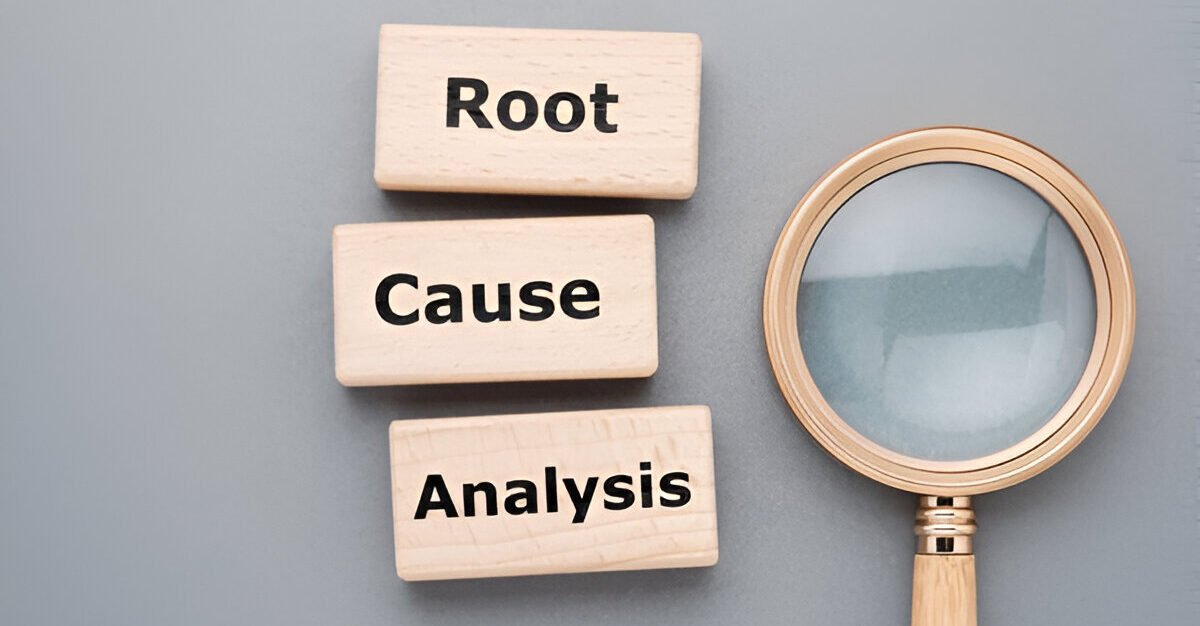
Auditing is an essential component of financial governance, ensuring transparency, accountability, and trust in both public and private sectors. However, the countries in the South Asia region (i.e. India, Pakistan, Bangladesh, Sri Lanka, Nepal etc.), auditing practices often fall short of the expected standards, with several wrong practices compromising the credibility and effectiveness of the audit system. This article explores the wrong practices of auditing prevalent in the SA region, the underlying causes, and potential solutions to address these challenges.
There are seven (7) principals of auditing which are:

These principals are not in a good form by the practicing auditors and massively hindering in the South Asia region. However, it is not that all the auditing firms or certification bodies have the bad practice. There are some organizations who are practicing the principals of auditing very well and are admirable. But in this article, we would bring out the common bad practice seen in the South Asia region.
In many certification bodies, the audit man-days calculation is not followed. For example, according to the number of employees, industry type and other factors if a factory requires to have 18 man-days audit, the certification body many often do not conduct 18 man-days audit but a lesser number of man-days. This hampers the quality of audit especially the sampling in evidence. The consequence of such audit results in having many gaps in the system in the factories. The accreditation bodies need to be strict to ensure the certification bodies are maintaining the IAF audit man-days calculation.


When the auditors reduce the man-days, they possibility of completing the audit in time becomes very difficult, many often it is impossible. Most of the cases, the auditors try to avoid asking all the audit questions from audit clause and subclause requirements. For example: ISO 9001:2015 clause 5.1.1 general has 10 subclauses (a-j). It has been rarely seen the auditors to ask all the questions from all these 10 subclauses to the top management. However, in the Lead Auditor training still the trainers strongly recommend to cover all the clauses and subclauses but in real scenario it is not practiced. This raises question in the credibility of the audit. Also, as all the questions are not asked from all the requirements, it is also not evident that the organization is fulfilling 100% requirements of the standards.
Many Certification bodies contracts franchise partners in other locations or countries to expand their business. This many often lead to quality degradation in the auditing. Many often, general people who do not follow the audit principal becomes franchise partner and they conduct audit without any proper rules and regulations. The Certification Bodies do not conduct any monitoring or unannounced audit to the franchise and the accreditation bodies also do not check the franchise audit performance (many often). Thus, the practice of bad audit keeps on going in the South Asia zone.
In many countries in the SA region, auditors face significant influence from clients. The clients influence in many ways:
There are many more ways the auditee/clients influence the auditors. Organizations often have substantial control over auditor selection and remuneration, leading to biased reporting and compromised independence.
Auditor appointments in SA are often influenced by personal connections or favoritism, leading to conflicts of interest. Many often the consultant him/herself conducts the audit. This practice compromises the integrity and impartiality of the audit process.
Auditors in the region often perform cursory checks instead of conducting comprehensive evaluations. This approach stems from resource constraints, lack of technical expertise, or a focus on meeting regulatory requirements rather than uncovering underlying issues. Many often due to lack of due diligence of audit, the auditors complete the audits without any value adding audit findings.


Cases of collusion between auditors and management are reported across SA, where auditors intentionally overlook discrepancies to maintain favorable client relationships. This practice undermines the credibility of audit reports and facilitates financial mismanagement. When the audits are financial audits, this impacts largely to the organization, people and society.
Auditing in the SA region is often limited to ensuring compliance with local regulations, rather than providing value-added insights. The auditors focus more on compliance and legal requirements rather than value added findings which can improve the organizations productivity and process performance. This compliance-driven approach reduces the utility of audits as a tool for strategic decision-making and risk mitigation.
While global auditing practices increasingly rely on advanced technologies like AI, data analytics, and blockchain, adoption in SA remains slow. This technological lag limits the scope and depth of audit processes and increases the risk of undetected fraud. Due to lack of knowledge in technology, the auditors can not find opportunities for improvements in technological perspective and thus scope for improvement for the organization hinders.
Many countries in the region face a shortage of professionally trained and certified auditors. Many often the auditors who are expert in one field are assigned to audit different industry sector. This massively hampers the audit quality. Due to not understanding the context of the organization, the auditors find it difficult to evaluate the evidences. This skill gap often results in subpar audit quality and missed opportunities to detect financial irregularities also.


1) Lack of or Weak Ethical training to auditors
The auditors receive very less, sometimes no training on auditing principals and ethics of auditing from the Certification Bodies. Even the small and local certification bodies do not provide such kind of training to their auditors. Also due to the bad culture, these training cannot bring positive mindset to the auditors.
2) Weak Regulatory Frameworks
Regulations governing auditing practices in several SA countries lack consistency and enforcement. The employees in the governments bodies do not have any idea of a good auditing and thus there are gaps in regulatory bodies. Regulatory gaps allow unethical practices to persist.
3) Cultural Norms and Corruption
The normalization of corruption and favoritism in business culture contributes to the prevalence of unethical practices in auditing. It is very difficult to change such practice when the culture itself is corrupted.
4) Low Awareness Among Stakeholders
The clients are not aware of the benefits of a good audit. Even many clients do not know what is a good audit. Limited awareness among businesses and stakeholders about the importance of quality auditing reduces the demand for thorough and unbiased audits.
5) Cost Pressures
Organizations in the region often prioritize cost over quality when selecting audit services, leading to shortcuts and reduced audit quality. The reason for such intention is due to the lack of awareness of the effect of proper implementation of the standard.
6) Resistance to Change
Auditors and organizations in the SA region are often slow to adopt new auditing technologies and methodologies, perpetuating outdated practices. They feel more comfortable auditing in traditional ways. A set of similar questions are asked in every audit they perform even in different sectors. This causes the audit to have its intended outcome and the clients suffer in the long run.
1) Credibility of Audit and Certification:
Due to the wrong practices, the certified organization actually do not fulfill all the requirements of the standard or audit criteria and the customers who buy the products or service from the certified organization receives bad quality product or service or inconsistency in the output.
2) Nonconforming Product and Service
The organization which are certified with bad auditing practice often ends up with nonconforming product or service as the standards ensure the product or service requirements are consistently met. These nonconforming products and services raise question not only the credibility of the certification body but also the standards.
3) Erosion of Trust in the Management System
Unreliable auditing and audit reports damage the trust of investors, regulators, and the public, hindering economic growth, investment opportunity and development. The interested parties do not have any trust in the management system and thus the growth of the organization falls.
4) Increased Financial Risks
When there is wrong practice of auditing, the auditee becomes careless and irresponsible in their duties and no accountability remains. This leads to allow fraud, financial misstatements, and mismanagement to go undetected, exposing organizations to significant financial risks.
5) Reputational Damage
Organizations implicated in audit scandals face reputational harm affecting their competitiveness in the global market. This impact is very devastating as it can take years to rebuild the reputation. In the meantime, the competitors can capture the market which can be very difficult to regain after rebuilding the reputation.
6) Economic Instability
Poor auditing practices contribute to economic instability, as unreliable financial reporting deters foreign investment and undermines regional financial markets.




The wrong practices of auditing in the South Asia region pose a significant threat to reputation, quality, financial governance and economic stability. Addressing these challenges requires a multi-faceted approach involving regulatory reforms, technological advancements, and cultural shifts.
By embracing international standards, investing in capacity building, and fostering a culture of transparency, SA countries can enhance their auditing practices. Strengthening the audit culture will not only restore trust in financial systems but also attract foreign investments and promote sustainable economic growth in the region.
If the reputation is gained, the products and service of this region will be acceptable in the western and developed countries and the market will expand for the organizations of SA region.
What do you think is the most pressing challenge in improving auditing practices in the SA region? Share your thoughts in the comments below, and stay tuned to our blog for more insights on management systems and auditing practice.